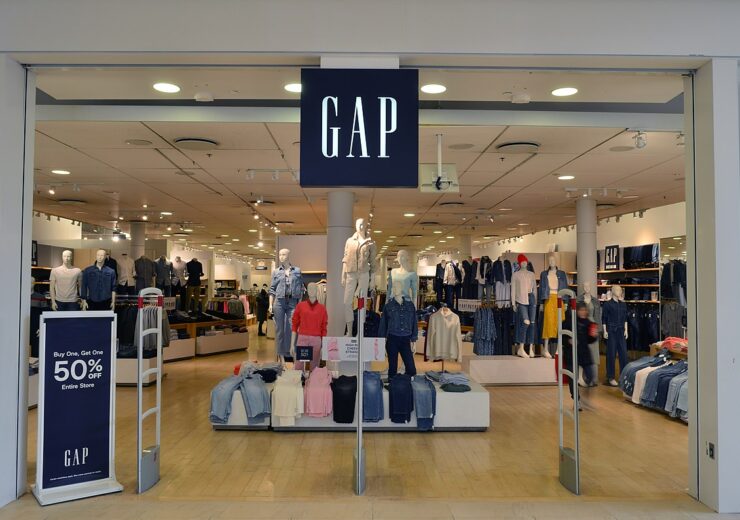Barclays intends to finance the acquisition from its existing resources, and is expected to complete the transaction in the second quarter of 2022

Gap in Hillcrest Mall. (Credit: Raysonho/Wikipedia.)
Barclays, through its US subsidiary Barclays Bank Delaware, has agreed to acquire a credit card portfolio from Synchrony Bank, co-branded with clothing retailer The Gap.
The co-branded portfolio includes average receivables valued at nearly $3.8bn, as of June 2021, and the transaction is expected to complete in the second quarter of 2022.
The British bank said that the exact size of the portfolio and consideration payable would be subject to movements in the portfolio, until the closing of the transaction.
Barclays intends to finance the acquisition from its existing resources, and is expected to reduce the company’s CET1 ratio by around 20bps upon closing in Q2 2022.
The current agreement builds on an initial agreement between Gap and Barclays Bank Delaware, signed in April this year.
Under the terms of the initial agreement, Barclays Bank Delaware would issue co-branded and private label credit cards to Gap customers in the US, starting from the second quarter of 2022.
The lender has partnered with brands including American Airlines, JetBlue and Wyndham Hotels, in recent years.
Through the co-branding deals, Barclays aims to gain customers in a market where its own branding lacks the reach of rivals such as JPMorgan and Citibank.
Recently, the company has announced an investment of more than INR30bn ($404m) in its Indian banking unit Barclays Bank India, to advance its growth ambitions in the country.
Barclays said that the expansion in Tier 1 capital underlines its commitment to India, and supports the growth of its Corporate & Investment Banking and Private Clients businesses.
Barclays Bank India’s Corporate Banking business is said to offer a complete suite of corporate banking capabilities, including cash management and trade finance.
Its Private Clients business would contribute to significant growth of assets under management for high and ultra-high-net-worth individuals and family offices in India.
